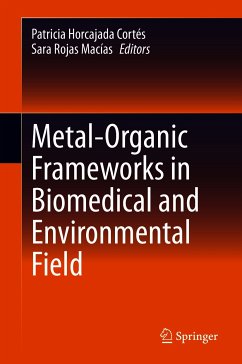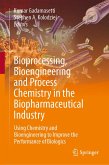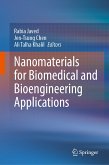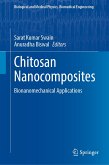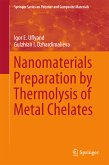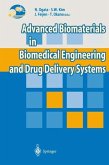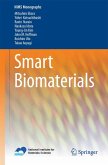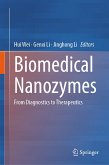This book is focused on the interest of MOFs in applications such as the leading -edge environmental (energy-related) and biomedical fields. The potential of MOFs in these areas is currently progressing at a fast pace, since the wide possibilities that MOFs offer in terms of composition, topology, incorporation of active species (in their porosity, on their external surface or within the framework), and post-synthetic modifications, among others. The aim here is to provide future research goals that emphasize relevant nuances to this class of materials as a whole.
- Assembles all the vital knowledge on the synthesis and biomedical and environmental application of specific Metal-Organic Frameworks (MOFs) in over 14 chapters
- Summarizes the state of the art of MOFs in biomedical and environmental field
- Explores specific scenarios where MOFs prove useful, including energy storage, water purification, and as therapeutic and diagnostic tools
Dieser Download kann aus rechtlichen Gründen nur mit Rechnungsadresse in A, B, BG, CY, CZ, D, DK, EW, E, FIN, F, GR, HR, H, IRL, I, LT, L, LR, M, NL, PL, P, R, S, SLO, SK ausgeliefert werden.

